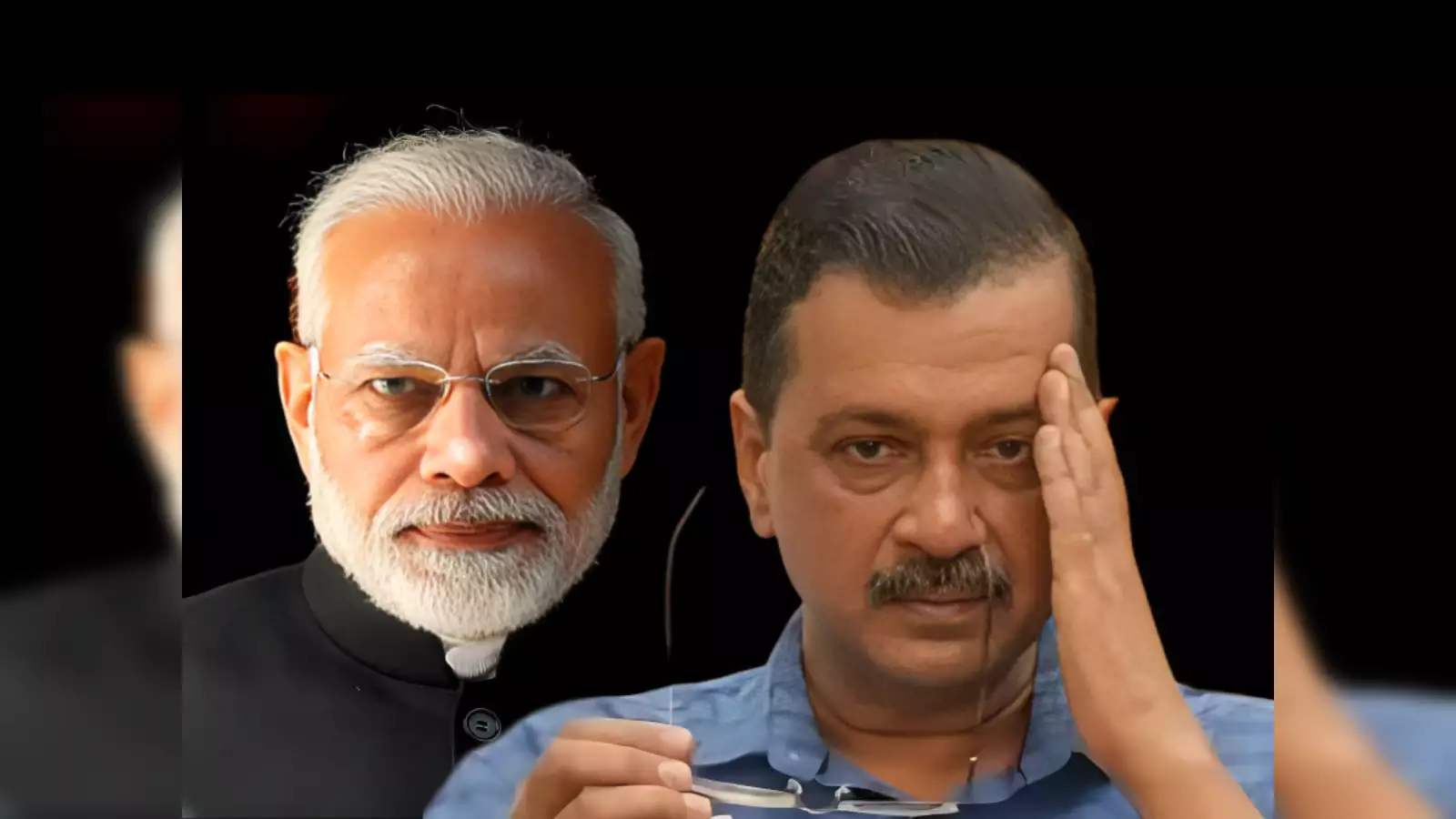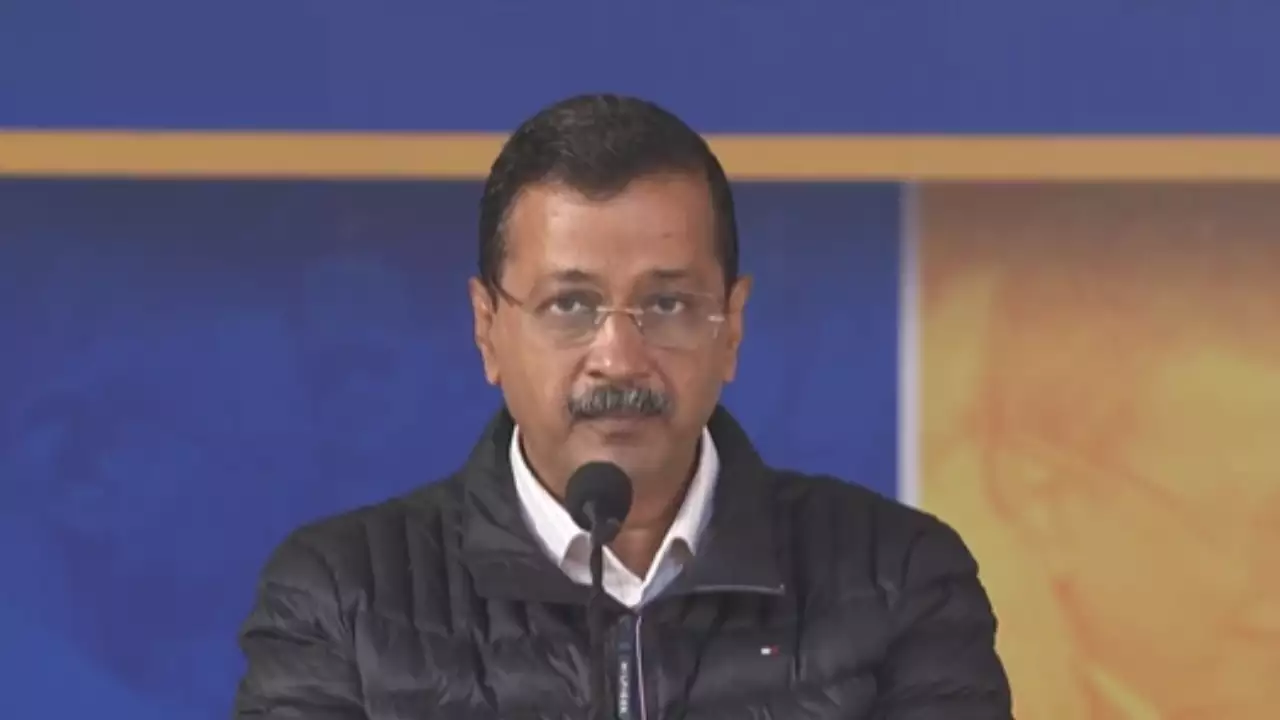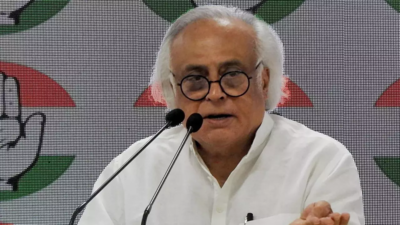New Delhi: The national capital witnessed a saffron wave on Saturday as the Bharatiya Janata Party (BJP) secured a commanding victory, clinching 48 out of 70 assembly seats across all parliamentary constituency areas. Despite the defeat, the Aam Aadmi Party (AAP) retained its hold on Muslim- and Dalit-dominated constituencies.
Several factors played a decisive role in the BJP’s triumph, including robust support from women, the middle class, and dissatisfaction over AAP’s excise policy controversies. Key moments like the “sheesh mahal” criticism targeting AAP chief Arvind Kejriwal further dented the ruling party’s image.
What Led to BJP’s Resounding Win?
1. Saffron’s Strategic March:
The BJP launched its campaign well before the official poll announcement, effectively capitalizing on negative headlines against AAP. The “sheesh mahal” narrative, referencing Kejriwal’s lavishly renovated residence, struck a chord with voters, reinforcing the BJP’s portrayal of the CM as disconnected from the common man.
2. Winning Over the Middle Class:
While AAP retained its core low-income voter base, BJP focused on Delhi’s burgeoning middle class, which was frustrated with issues such as poor roads, traffic congestion, Yamuna pollution, and declining air quality. Promises like the 8th Pay Commission and income tax cuts further cemented BJP’s appeal.
3. Populism Meets Critique:
BJP didn’t shy away from adopting a populist approach to counter AAP’s welfare schemes. However, its campaign against alleged “fake medicines” and “ghost patients” at mohalla clinics resonated with voters, particularly when coupled with failures such as Yamuna pollution. AAP’s losses in seats near the Haryana border underscored this impact.
4. Declining Kejriwal Appeal:
Kejriwal, who once embodied the image of a humble people’s leader, faced criticism for abandoning his simple-living persona. Anti-incumbency sentiments against his leadership compounded AAP’s troubles.
5. Modi’s Charisma Returns:
As AAP struggled, Prime Minister Narendra Modi’s appeal surged back into prominence. His promises of seamless coordination between the Centre and Delhi, along with sharp attacks on AAP, helped BJP regain ground that was elusive in the previous assembly elections.
Despite a relatively narrow vote-share gap, BJP’s ability to shift voter sentiment through a calculated strategy and voter-centric promises led to its decisive win, signaling a new political equation in the capital.




